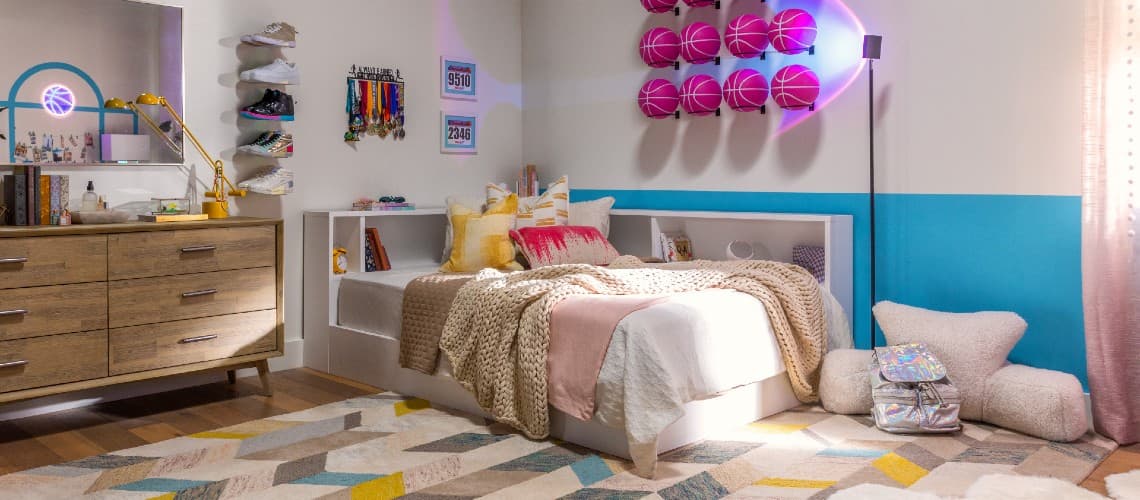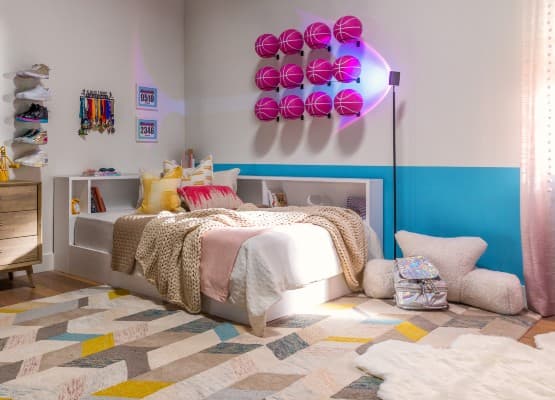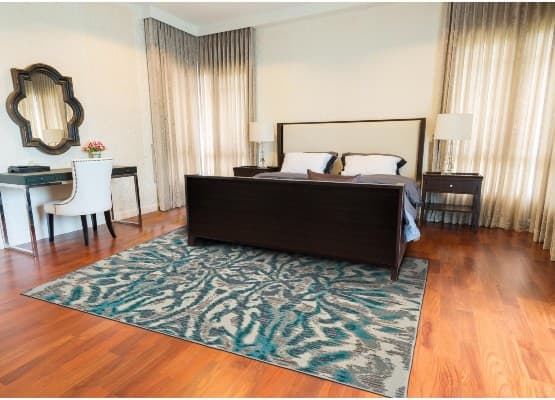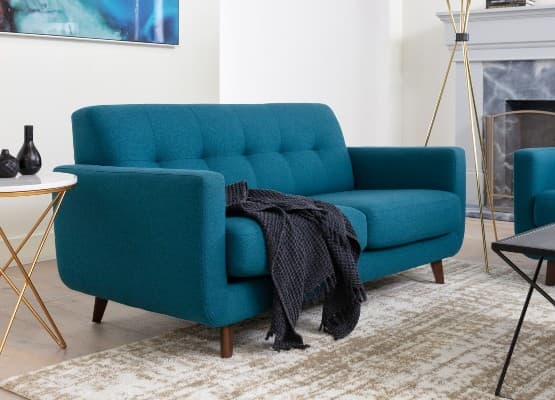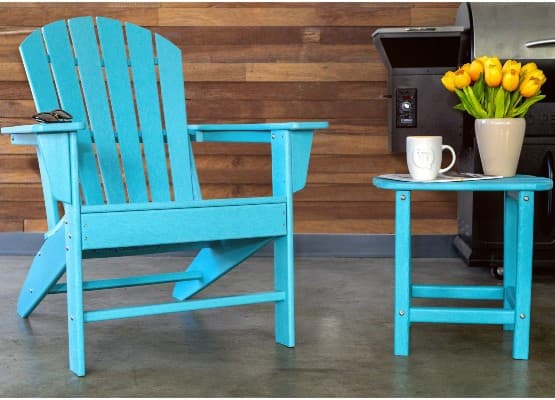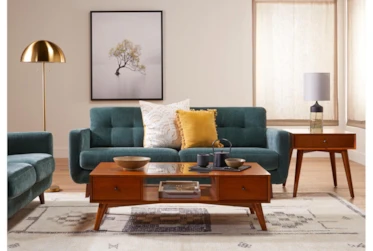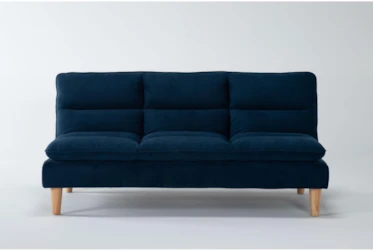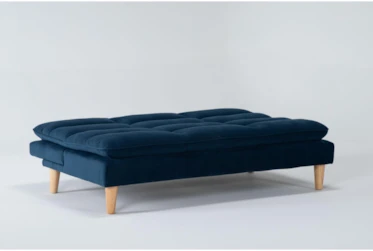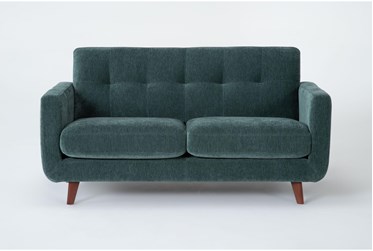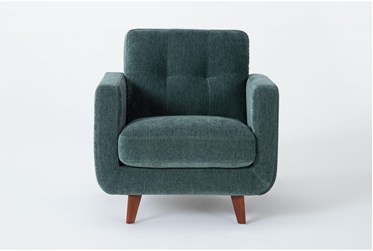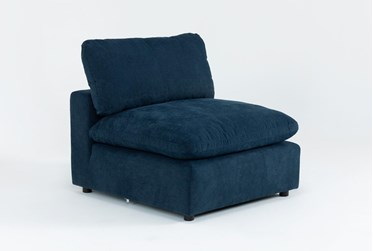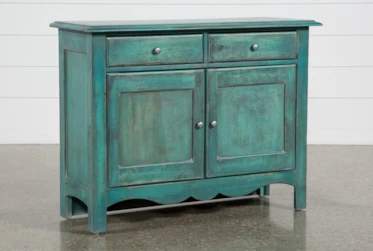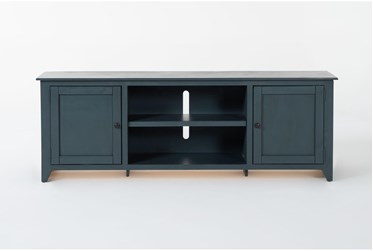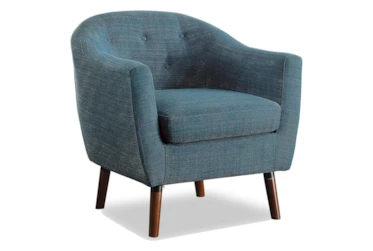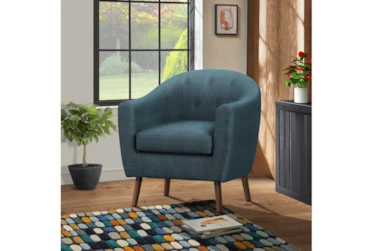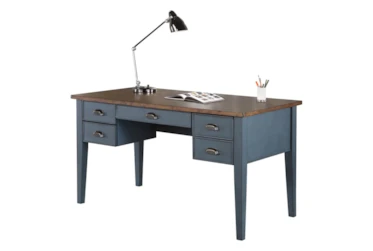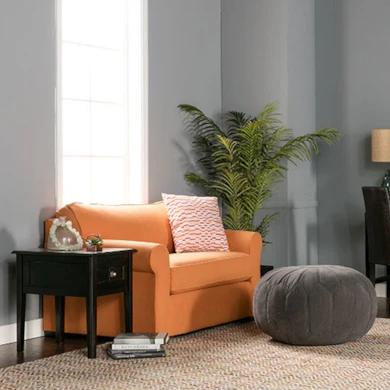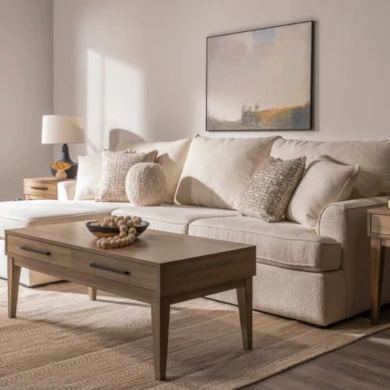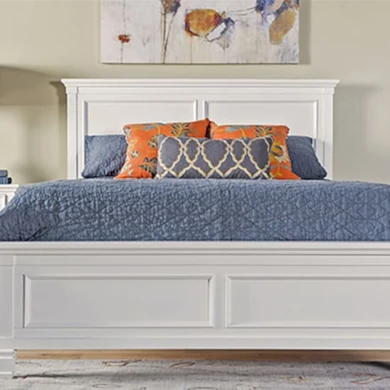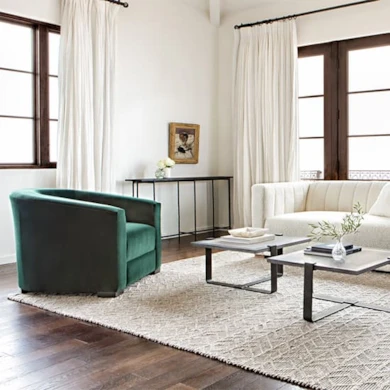What Color Is Teal? (+ How to Use It in Your Home)
Part 1: Your Top Teal Questions Answered:
Q: What is the definition of teal?
A: Teal is a color that falls between blue and green on the color spectrum. It is characterized by its deep and rich tone, often resembling the color of the ocean or certain species of freshwater ducks. Teal is known for its calming and serene nature, making it a popular choice in interior design and fashion.
Q: How is teal different from other colors, such as teal or aqua?
A: Teal is a unique color that falls between blue and green on the color spectrum. Unlike turquoise, which has more blue tones, and aqua, which leans towards green, teal has a balanced combination of both. Its distinct hue sets it apart, making it a stand-out color choice.
Q: Is teal blue or green?
A: Teal is actually a mix of both blue and green, but skews heavily blue. Fun fact: The name teal is believed to originate from a duck named the common teal, because the blue-green shade surrounds its eyes. Pretty cool, right?
Q: How is the color teal made?
A: The color teal can be made by mixing blue and green into a white base. To deepen the hue, it can also be mixed with a black or grey base.
Q: What are the characteristics of teal?
A: Teal is a unique color that falls between blue and green on the color spectrum. It has a hue that is primarily blue with a slight touch of green, giving it a refreshing and cool appearance. In terms of saturation, teal can range from being muted or grayish to being bright and vibrant. Its brightness level can also vary depending on the amount of blue and green present in the color.
Q: What are common associations of teal?
A: Teal paint colors are often associated with a calming effect, restfulness and stability due to its connection to nature. It can also evoke a sense of sophistication and elegance when used in fashion or interior design. In some cultures, the cool color of teal symbolizes fertility, growth, and healing. Additionally, many well-known brands such as Tiffany & Co., Spotify, and Twitter have incorporated teal into their branding.
Q: How do you use teal in wardrobe or home decor?
A: Teal is a versatile color that can be incorporated into both wardrobe and contmeporary design home decor. In fashion, versions of teal can be worn as a statement piece in the form of a dress or coat, or in smaller doses through accessories like shoes and bags. For home decor, teal can be used to add pops of color through pillows, curtains, or accent furniture pieces. It also pairs well with other earthy tones such as brown and cream.
Q: What are the variations of teal?
A: Teal blue color has a range of variations, including light teal, dark teal, and blue-green. Light teal is a softer and more pastel version of the color, while dark teal has a more intense and moody feel. Blue-green is another variation that leans more towards green than blue but still retains the unique qualities of teal.
Q: How do you mix and match with teal?
A: To create a cohesive color palette, it's important to mix and match different shades of teal carefully. A good rule of thumb for color combinations is to use complementary colors as the base and add in darker or more contrasting colors as accents. For example, pair a light teal blouse with dark teal pants or incorporate pops of blue-green colors through accessories like earrings or a scarf.
Q: What are some fun facts and trivia about teal?
A:
- The word teal comes from the Eurasian teal, a type of duck with a similar shade of blue-green on its head.
- Teal was first used as a color name in English in 1917.
- In some cultures, teal is associated with psychic abilities and spiritual growth.
- Teal has been used as an official color for awareness ribbons, representing causes such as ovarian cancer and sexual assault awareness.or for
- In Feng Shui, teal is believed to represent healing and harmony in the home. Overall, teal is a unique and versatile color that has many interesting associations and uses. Its calming yet sophisticated nature makes it a popular choice in various industries, from fashion to home decor. Whether you're looking to incorporate it into your wardrobe or living space, teal is a color that can add vibrancy and balance to any design.
Q: What colors go with teal?
A: Now, that is a long and exciting list! From teal and grey, to teal and brown, to teal and pink, to teal and gold, there are almost an infinite amount of colors you can pair with this versatile hue. We’ll even show you a few of our favorite teal color combos below.
Part 2: Decorating with Teal
Teal Accent Walls
If your love of teal knows no bounds, show your commitment with a bold teal accent wall. Teal gives off calming vibes, and who doesn’t want to feel at peace and at ease whenever they walk into their space? Those who like teal are said to be open-minded, creative and artistic, so if you want to bring out those qualities, then bring on the teal.
Teal Decor
If you prefer to sprinkle teal throughout your space, it makes for a great pop of color and even goes well with other shades of blue. In fact, you can create a serene sea-inspired space with teal accents - including lamps, pillows and throw blankets - plus a few coastal, beachy accessories.
Teal Furniture
Because teal goes with a variety of colors, you can use it on a variety of furniture pieces. From accent chairs, to dining chairs, to sofas, a design decked in teal adds just the right amount of flair to any room.
Take Teal Outside
You can make the outdoors even more enticing by adding outdoor teal decor to your backyard. Thanks to teal’s tranquil and spiritual nature, you can even use this color to create your own personal zen retreat.
Teal Color Inspiration
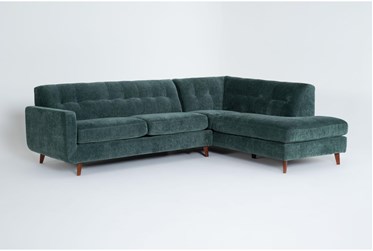
Allie Midnight Jade Green Fabric 108" 2 Piece L-Shaped Sectional with Right Arm Facing Corner Chaise
$1,195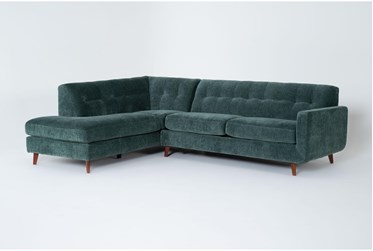
Allie Midnight Jade Green Fabric 108" 2 Piece L-Shaped Sectional with Left Arm Facing Corner Chaise
$1,195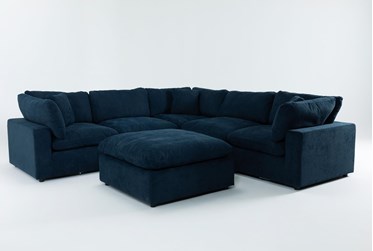
Zone Blue Fabric 6 Piece Modular L-Shaped Sectional with 3 Corners, 2 Armless Chairs & Ottoman
$1,995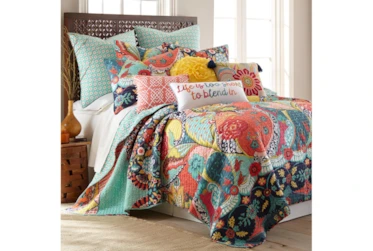
King Quilt-3 Piece Set Reversible Colorful Design To Teal Medallions
$150Read the Latest
Editorial Disclaimer: Articles featuring tips and advice are intended for educational purposes and only as general recommendations. Always practice personal discretion when using and caring for furniture, decor and related items.
